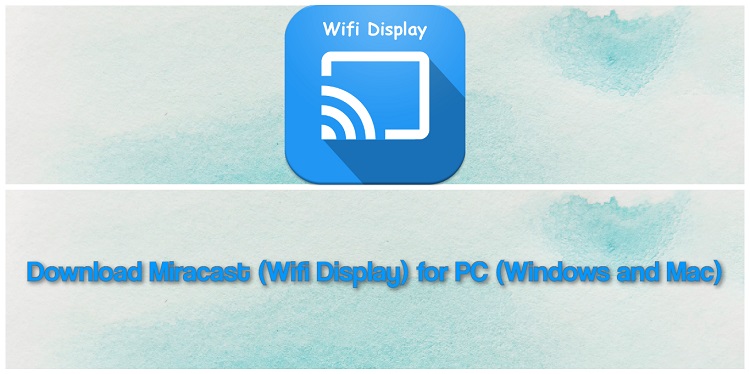
And, that’s with it sitting in the shadowed part of the car next to the window. We put this in a car with us in the middle of the day, and we could hardly see anything. The one thing about the display though is that it’s glossy and almost does nothing to minimize glare. It’s just up to you to decide whether or not having a less reliable trackpad, and a touch display that suffers from glare and isn’t as responsive, are worth the compromise. So, in many ways, as far as premium Chromebooks go, the Asus Chromebook Flip C436F is the most affordable. This configuration, which unfortunately isn’t available in the UK and Australia, will also get you 512GB of storage and 16GB of memory. If you want an Intel Core i5 Comet Lake processor in the Asus Chromebook Flip C436, that will set you back just as much at $1,000 (about ₤825, AU$1,560).

However, you’re also getting an Intel Core i5, albeit an older generation, processor and a 1600p touchscreen with the Pixelbook, and an Intel Core i5 Comet Lake processor, 256 GB storage and a 4K display with the Galaxy Chromebook. To be fair, these two are both $200 more expensive, with the Pixelbook touting a $999 (£999, AU$1,560) and the Galaxy Chromebook costing $999 (about ₤825, AU$1,560) for their respective base configurations.

As does the Samsung Galaxy Chromebook, even though its keyboard proves a bit problematic. The Google Pixelbook, another premium Chromebook, has one that tracks smoothly and precisely. Size: 31.95 x 20.53 x 1.37cm (12.57 x 8.08 x 0.53 inches)Ĭonsidering the fact that the Asus Chromebook Flip C436F will set you back $800 (£800, AU$1,222) for its base configuration, it’s fair to expect a more reliable touchpad at the very least. Ports: 2x USB Type-C (Gen 1) ports, microSD card reader, audio combo 3.5mm jack

Screen: 14 inch touchscreen Full HD 1920x1080 4-sided NanoEdge display Here is the Asus Chromebook Flip C436F configuration sent to TechRadar for review:ĬPU: Intel Core i3-10110U Processor (Dual core, 4M Cache, up to 4.1 GHz)


 0 kommentar(er)
0 kommentar(er)
